SEO in 2017 is more technical than ever before. The SEO industry has reached an era where, the true identity and importance of SEO services has started being spelt out.
Search engine algorithms now are more sophisticated and can see thru spam more efficiently. So, if you are trying to manipulate the search results using old black hat techniques then you should quit the SEO industry immediately.

The array of seven entities which will create the SEO spectrum for 2017 are:
1. Quality Content:
We all have heard since long that, Content is “King”. Content will continue to reign supreme. As, without quality content, no web presence can serve any purpose. Only when the content is original, informative, compelling, it answers the user queries and also is in the right format, the users will be interested in reading or viewing it. SEO efforts can only help in improving the search presence of the content. But if the bounce rates are high and the content does not serve the purpose of the user then the bots are also going to push the content back in the search results.
2. AMP Compliance and Mobile Friendly:
AMP is an open source initiative by Google launched in October 2015. After working on the AMP Project and indexing AMP, Google has started showing AMP in search results since September 2016.
Accelerated Mobile Pages (AMP) are lightweight pages designed to load quickly on mobile devices. AMP-compliant pages use a subset of HTML with a few extensions. AMP improves the user experience by reducing the page load time by displaying the lighter version of the web page. If in case the website is not AMP compliant then having a responsive website is a must because mobile-friendliness is a ranking factor.
There are more number of mobile devices than the number of people in the world. Google soon is going to have a separate index for mobile which will be a primary one. If your website is not mobile-friendly or responsive and is neither AMP compliant then having a good mobile search presence is just not possible.
3. Structured Data And Schemas:
Structured data refers to kinds of data with a high level of organization, such as information in a relational database. When information is highly structured and predictable, search engines can more easily organize and display it in creative ways.
Structured data markup is a text-based organization of data that is included in a file and served from the web. It typically uses the schema.org vocabulary—an open community effort to promote standard structured data in a variety of online applications.
Structured Data on a web page can be provided by using:
JSON-LD is the recommended format. Google is in the process of adding JSON-LD support for all markup-powered features. By adding structured data you are adding meaning and relevance to it for the search engines to correlate better.
Google also encourages the use of structured data by giving information regarding it in Search Console and by offering a structured data testing tool.
The Semantic Web isn’t just about putting data on the web. It is about making links, so that a person or machine can explore the web of data. With linked data, when you have some of it, you can find other, related, data. Semantics or Structured Data add extra information to help you with the meaning of the information. Web sites using Schemas will be able to get more correlated to the contextual content.
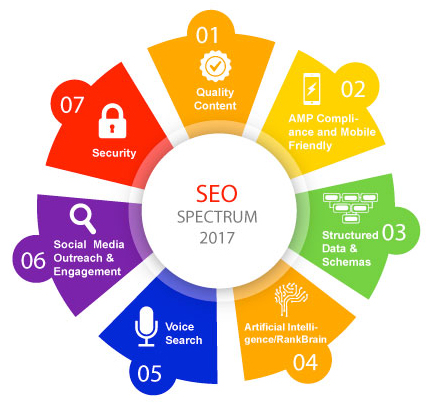
4. Artificial Intelligence/RankBrain:
RankBrain by Google, the machine-learning artificial intelligence system is a software which is integrated into the algorithm to mathematically connect words and phrases. RankBrain uses artificial intelligence to embed vast amounts of written language into mathematical entities — called vectors — that the computer can understand.
When a search takes place on Google, the search query now gets accessed by the RankBrain program/software to deliver more relevant search results. Especially if the query is a rare one.
By making the query accessible to software (RankBrain), the software will essentially become able to understand knowledge, think about knowledge via mathematical computations using word and phrase vectors, and create new knowledge. In other words, the software will be able to be more intelligent – not as intelligent as humans perhaps, but more intelligent than say, the word to word mapping is today. Especially for rare queries which need to be understood to deliver results.
For quality search results, Google wants to move away from word to word mapping and reach a level of, understanding the meaning behind the search query. Algorithms today are getting tuned to understand the intent of the user and display results which will be more useful for the user to take decisions or will give him more detailed information about the topic he is searching.
5. Voice Search:
Voice search is the next big frontier which needs to be given importance. The Mobile Voice Study by the Mountain View, CA, a provider of search, online advertising technologies and other Internet products and services found that 55 percent of teens aged 13-18 use voice search every day, while 56 percent of adults said using voice search makes them feel tech-savvy. Voice search is not about rankings or listings but being a part of the conversation.
As we can see that people prefer the video content more than text content when browsing from smartphones and mobile devices. The trend is moving to viewing content and to other formats which save time. Voice search avoids the hassle of keying in the query which is going to be a next big search revolution.
Google Webmaster Trends Analyst John Mueller said in a Google hangout, at the 23-minute mark, that Google is looking for ways to show webmasters in the Google Search Console how people are finding their pages through voice search. 2017 is the time to prepare for the voice search scenario.
6. Social Media Outreach & Engagement.
Social Media is a platform which is here to stay. The social media sites may gain or lose preference but people surely check the social media accounts to get an idea about the company approach towards its customers.
Search and Social integration will only become stronger by the day and search algorithms will also be smart to filter social spam. Social Media platforms also are working on making their search functionality stronger. Hence, if the user goes to search and then reaches the social media accounts for further information or the user goes to social media accounts and the uses its search/search engines for more details is not imperative. But, having a social media presence is a must for putting your best foot forward and your voice heard.
7. Security
It's been two years since Google started its active campaign for Web security and announced HTTP to be a ranking factor.
‘Trust’ is the icing of the multi layer semantic cake and signature and encryption as the two main structures. Ensuring security for the user can make the website trust worthy for the user.

Secure sites generate a better CTR and users feel more confident in sharing personal data. eCommerce sites with payment gateways cannot underestimate the importance of having a secure site.
Security is a top priority for Google. Google also gives a ranking boost to HTTPS/SSL sites, provided the site has quality content. Security of a site influences the trust factor. But, moving from HTTP to HTTPS has a series of SEO repercussions which need to be kept in mind.
Just as white light consists of a collection of colors, white hat SEO in 2017 will be the result of the correct implementation of the above mentioned points.
SEO services are becoming niche and are getting a definite meaning and form eventually. Finally, the much-awaited era for genuine SEO is in the offing.






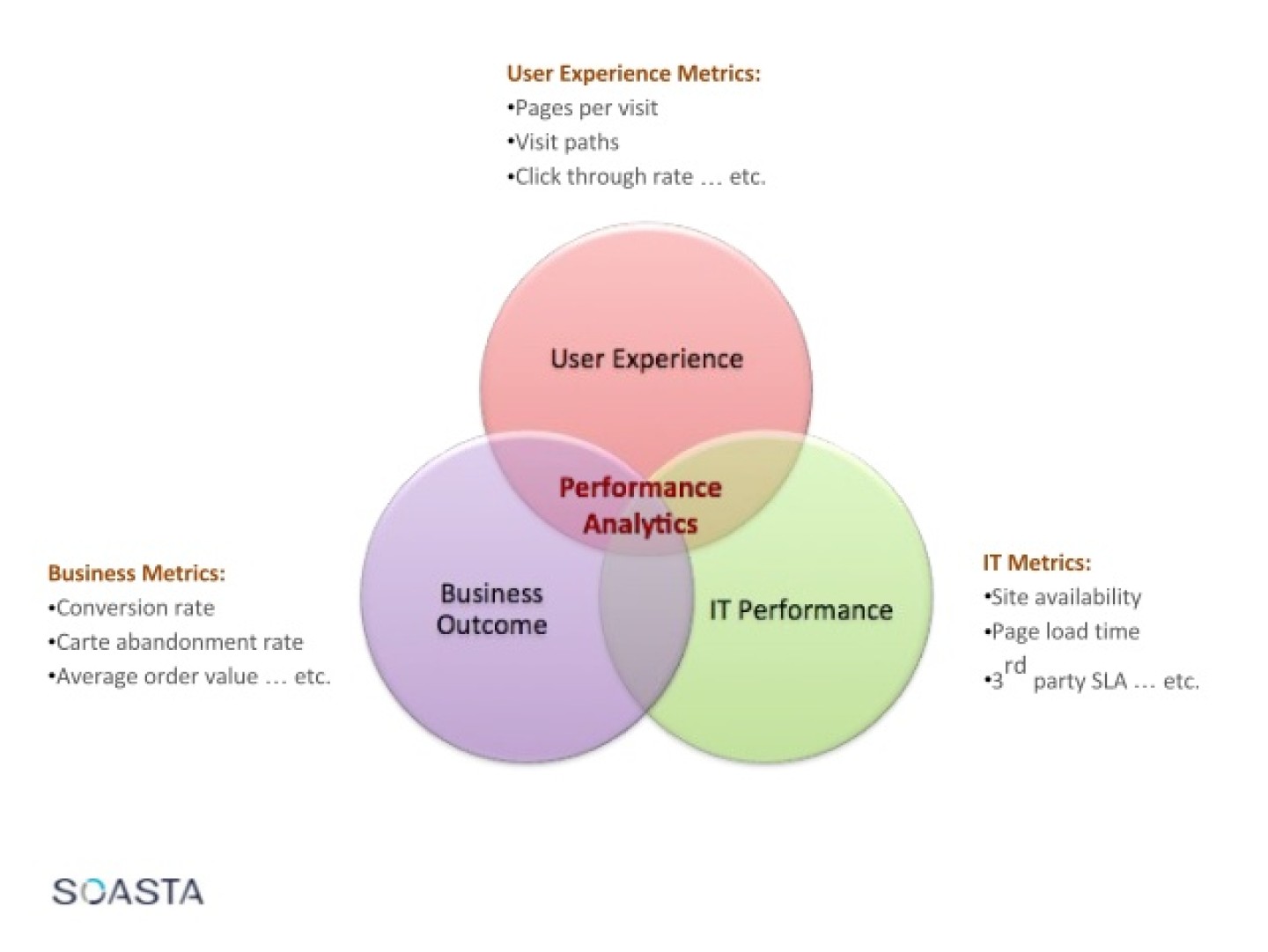
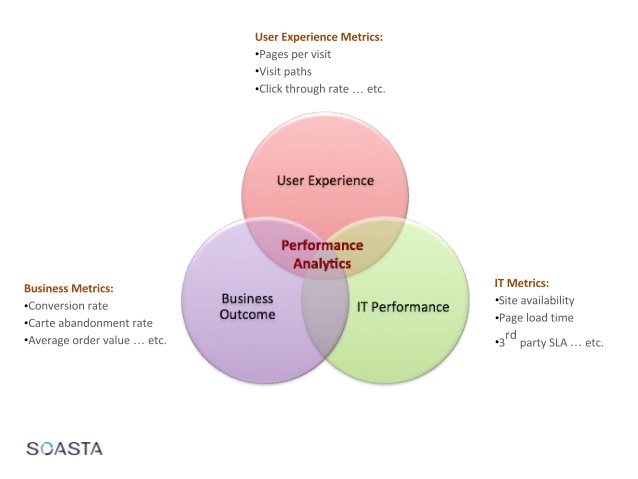
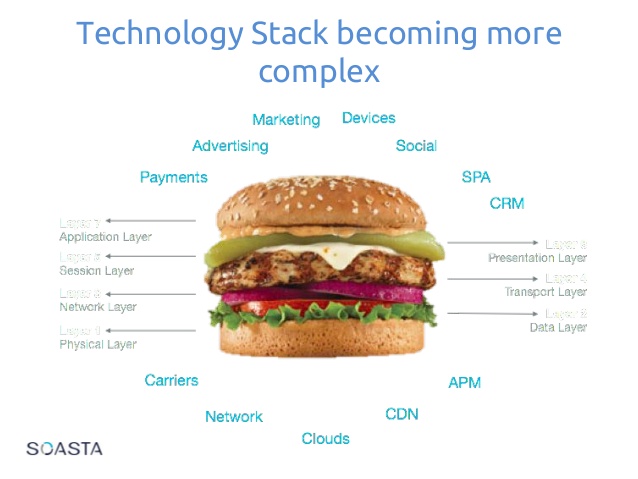






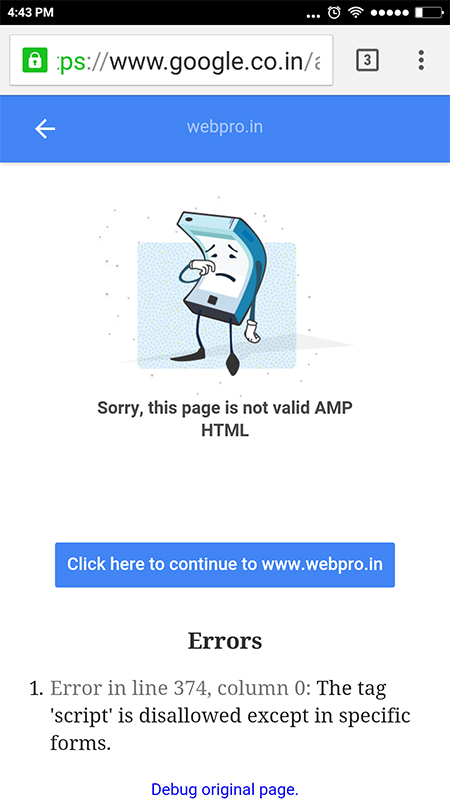

 Sachin Bansal and Binny Bansal, Flipkart's co-founders, confirmed the news by tweeting:
Sachin Bansal and Binny Bansal, Flipkart's co-founders, confirmed the news by tweeting:
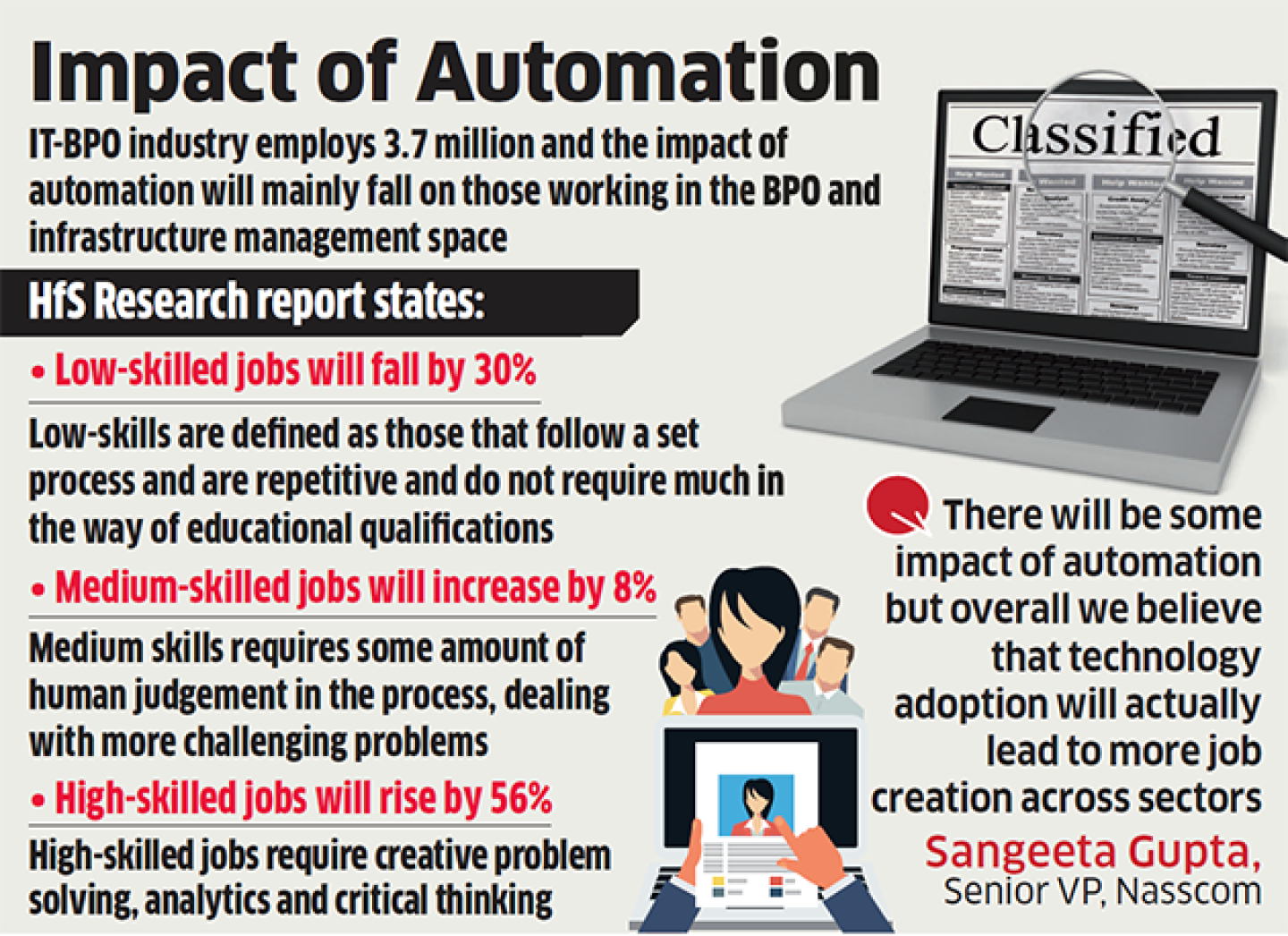
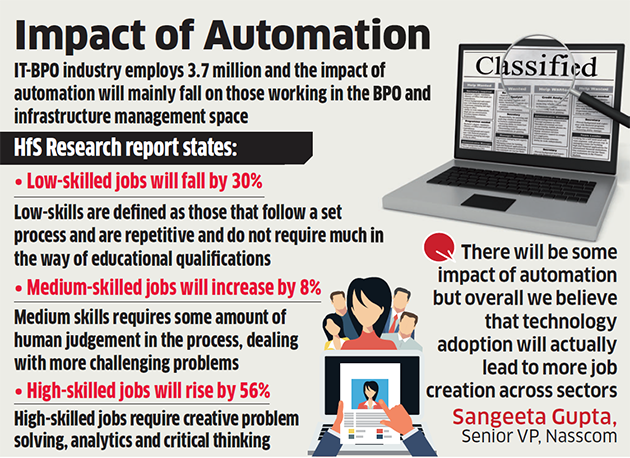
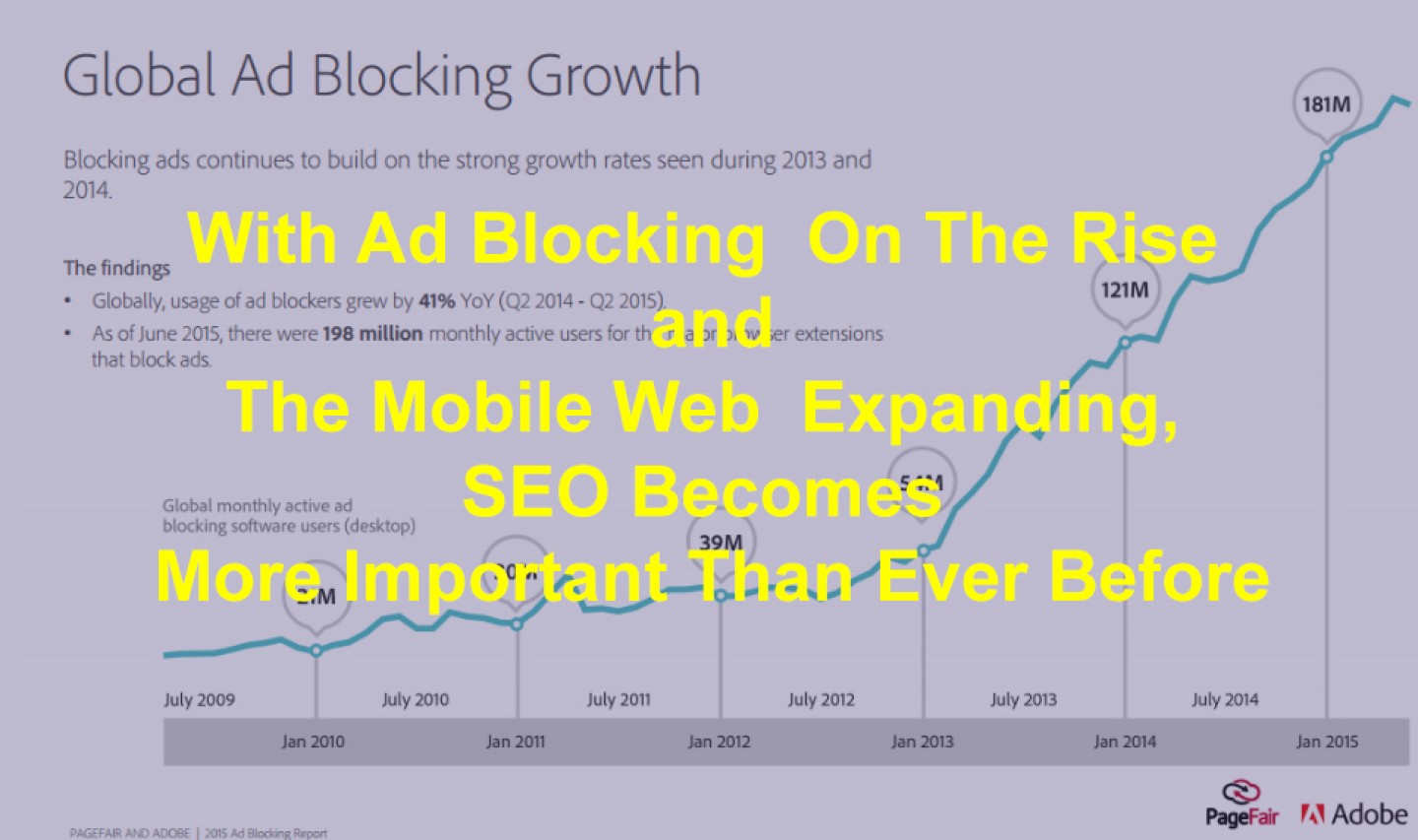
 As the no. of online users go on increasing multi fold every minute the need for every business to have a quality web presence across all types of devices being used becomes all the more a priority and a necessity and not an option.
According to additional statistics:
As the no. of online users go on increasing multi fold every minute the need for every business to have a quality web presence across all types of devices being used becomes all the more a priority and a necessity and not an option.
According to additional statistics:
 Google I/O 2016 discussed:
Google I/O 2016 discussed:







